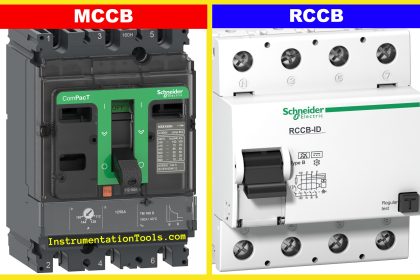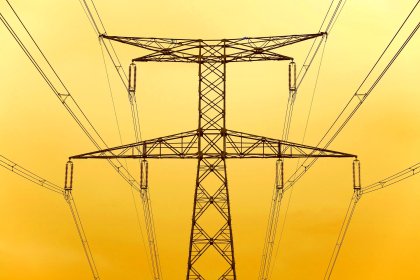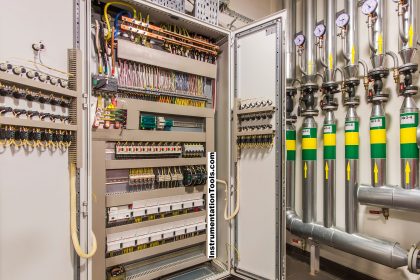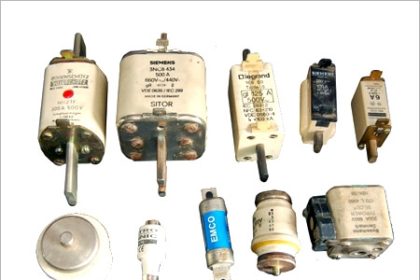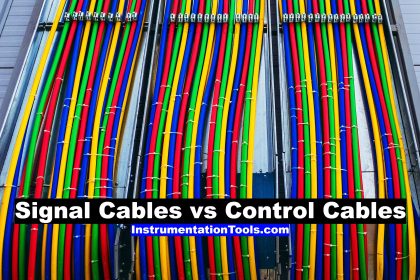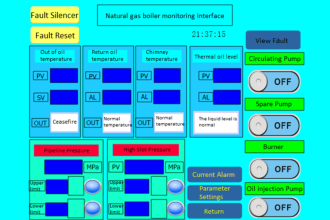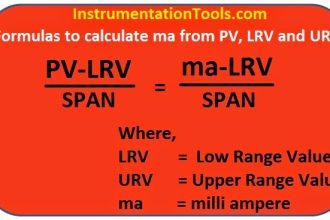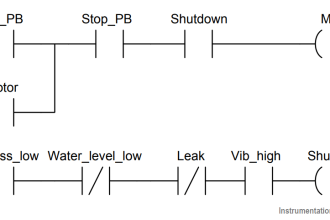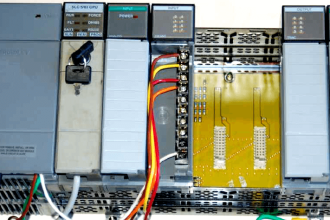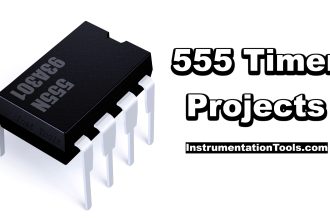HVAC (heating, ventilation, and air conditioning) is a process without which any industry cannot survive. This is because proper air and water (with maintained temperature and humidity) is required for human survival. For that, the HVAC process must be properly configured and maintained for efficient performance.
One of the most prominent devices in HVAC is a damper. Dampers are required to control air flow in ducts, AHUs, and vents. In this post, we will see the various types of dampers used in HVAC.
What is a Damper?
Dampers are movable blades that are adjusted either automatically or manually to regulate the amount of airflow in the ducts of AHU. Suppose the AHU supplies 650 CFM of air. Out of that, in a room, only 400 CFM of air is required, and the remaining must be returned back to the supply.
For that, dampers are installed before the supply inlet of the room. Their blades are adjusted to supply only the required amount of air. So, dampers play a very important role in controlling the airflow of AHU ducts. They also play a big role in fire protection, because when fire occurs, they are closed fully to protect the fire from spreading inside the room.
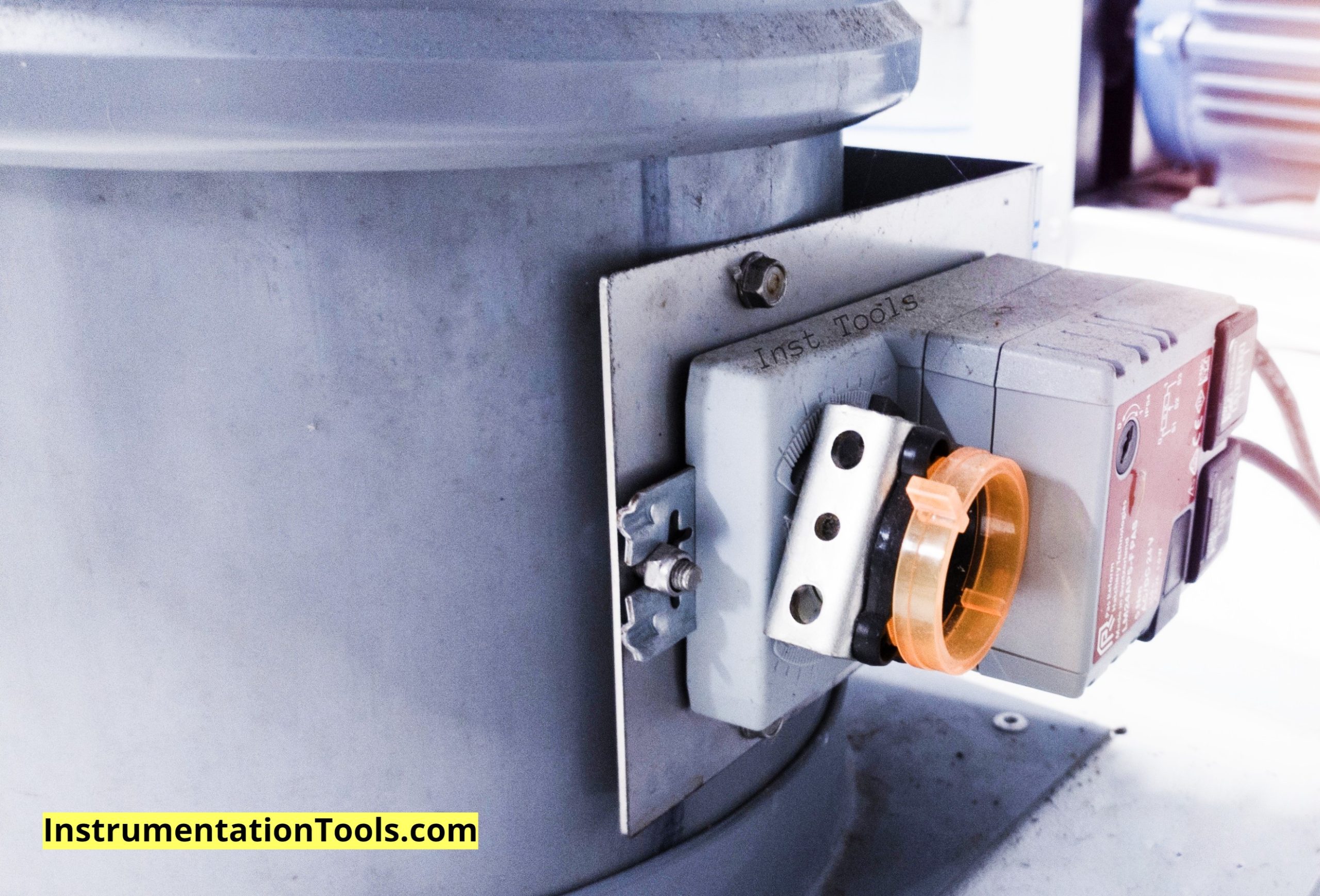
Types of Dampers in HVAC
Before choosing a damper for your application, it is necessary to understand its various types. Let us have a look at the various types of dampers used in HVAC
Volume control damper
A volume control damper (VCD) is used to control the flow of air in a duct. This is the most general and used type of damper in HVAC.
Volume damper is either manual or automatic in operation. For automatic operation, it consists of an actuator that controls the movement of blades. This actuator is given command by a controller like PLC.
The volume damper comes in various subcategories like single blade VCD, multi-blade VCD, and round VCD.
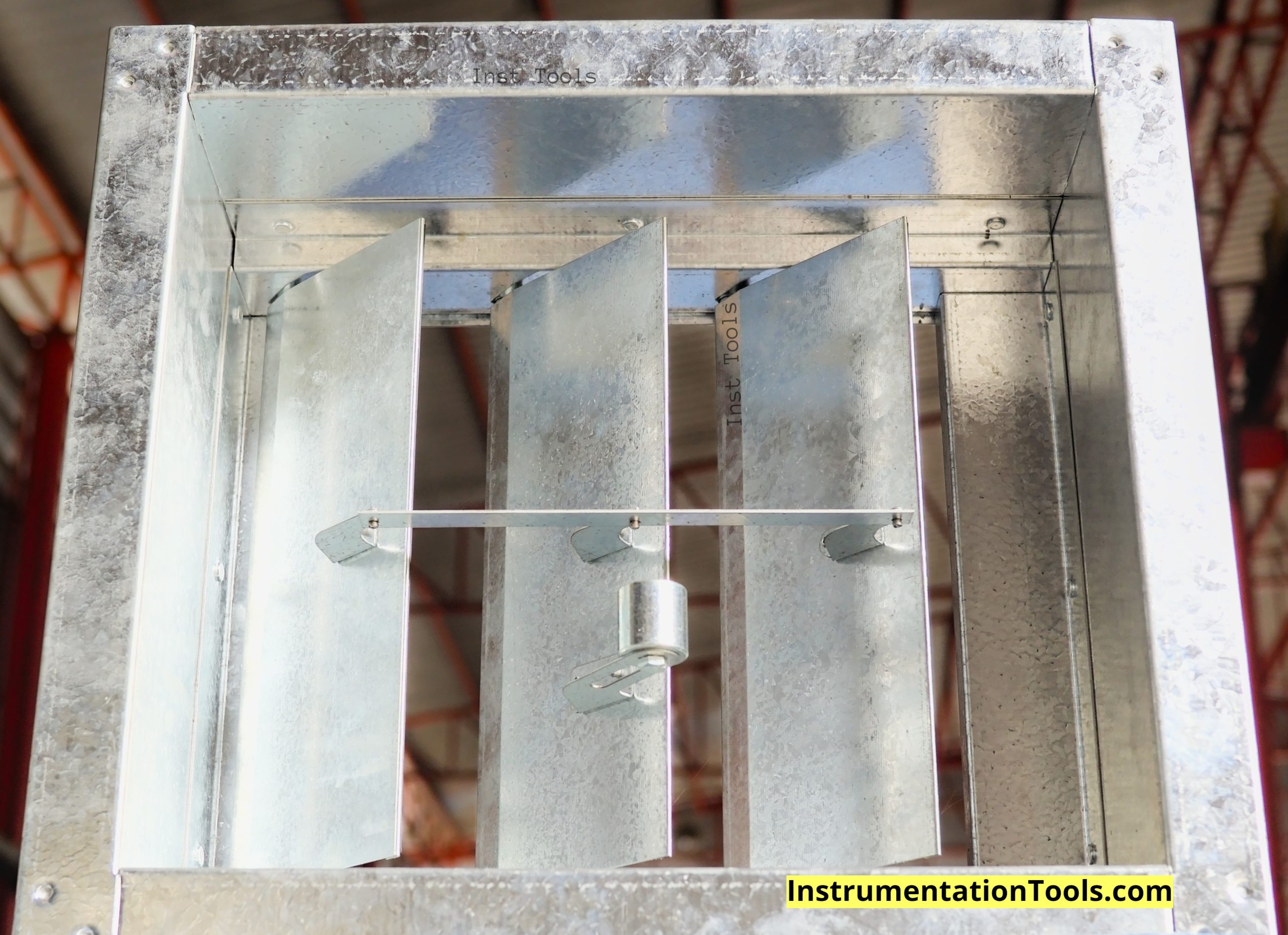
Fire damper
A fire damper is usually fully open to allow passage of air. But, it has an additional control based on the temperature sensor.
When a fire occurs, the temperature increases, and as the damper senses it, the actuator starts to close the damper quickly. It has an additional advantage over other dampers in that it has a rapid action of closing as it takes much less time than other dampers.
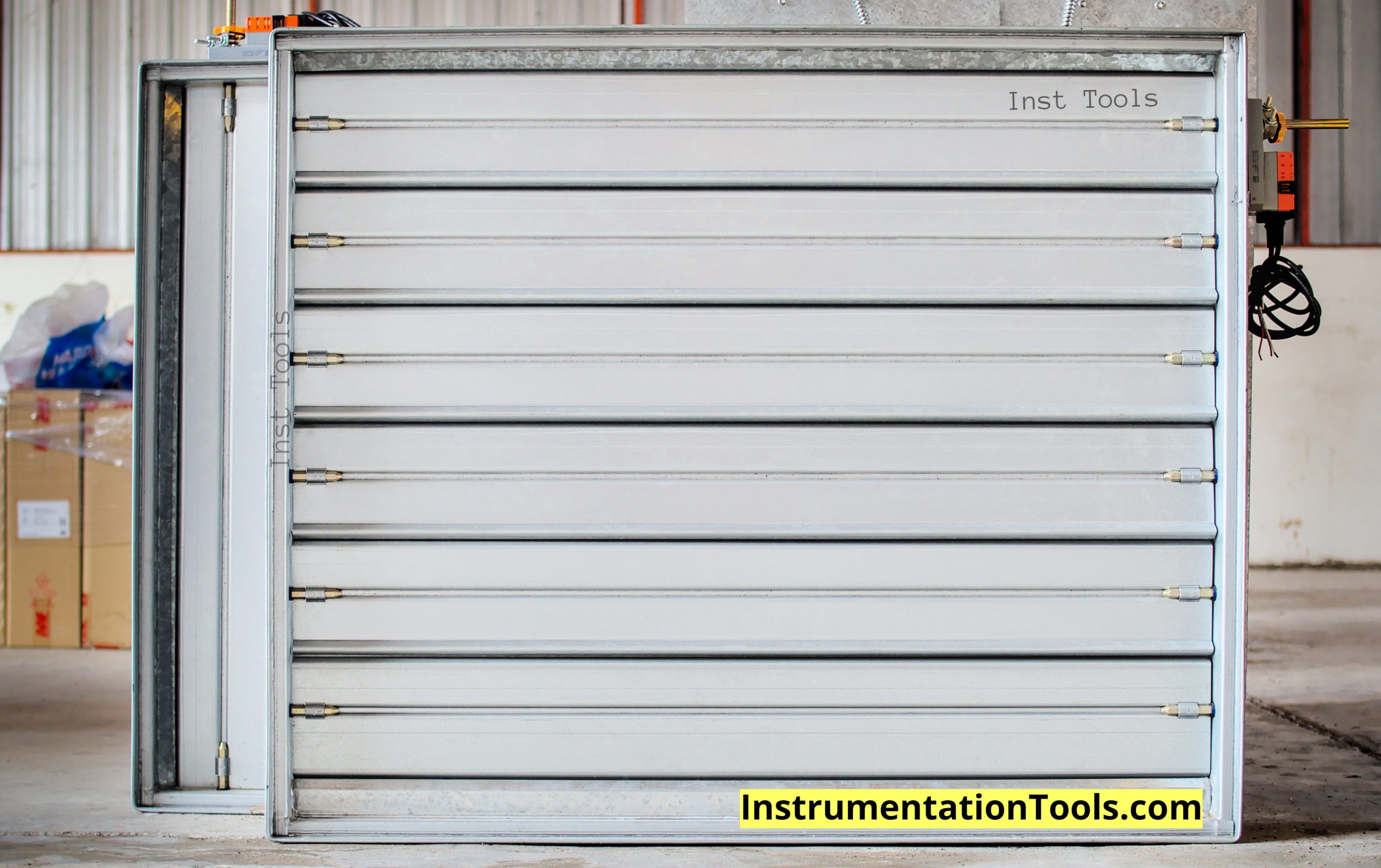
Pressure relief damper
A pressure relief damper is open at a desired level. It has a pressure sensor that detects changes in pressure. When the pressure exceeds, it indicates that the airflow has increased and is not able to pass through the damper.
So, the blades which are spring-loaded, start to open after sensing it and allow the excess air to pass. As soon as the pressure gets back to normal, it holds in that state. This maintains the required air pressure in the ducts.
Backdraft damper
As the name implies, a Backdraft damper is a type that allows air to pass only in one direction and blocks it from going in another direction. This is possible due to the design of blades, which have shafts installed on each end of the blade. This turns the blade into a flap that opens only when the air is flowing in the correct direction.
Reverse airflow is dangerous for the operation of the devices preceding the damper, like a fan or blower. If their blades rotate in opposite directions and the application is critical, then it can damage the whole process. If there is no airflow or if air flows in the opposite direction, then the blades close automatically.
Bypass damper
A bypass damper is used in applications where air or water is required to bypass the designated path and return to some other path or supply path. It is also understood as a 2-way damper.
The damper is by default open in the designated direction. If it is required to bypass, then command is to the actuator, which moves the blades towards the other direction. When the command is removed, it moves back to it’s original position.
One more additional type is an industrial damper. It is the same in operation as VCD that we discussed; the only difference being that the blades are made of special material to operate it at high temperatures, chemical exposure and high air pressure. They are very heavy in weight due to this structure.
In this way, we saw the various types of dampers used in HVAC.
Read Next:
- Types of HVAC Chillers
- HVAC Heat Transfer Loops
- Automation used in HVAC
- Valves in HVAC System
- HVAC Questions & Answers
